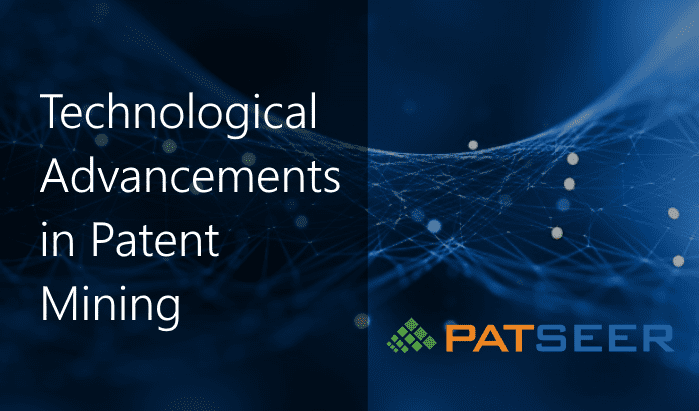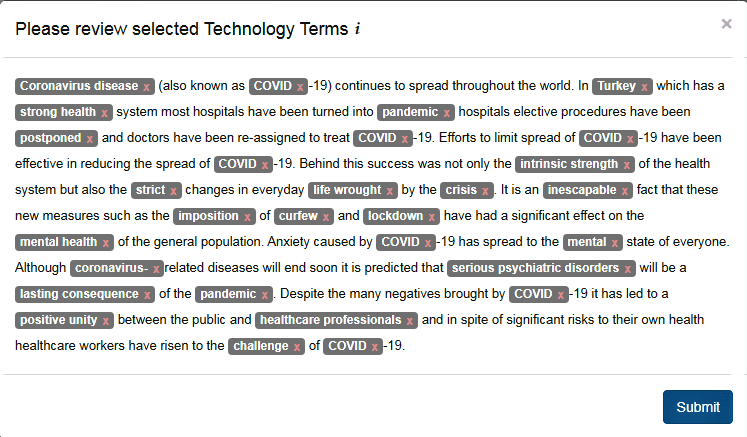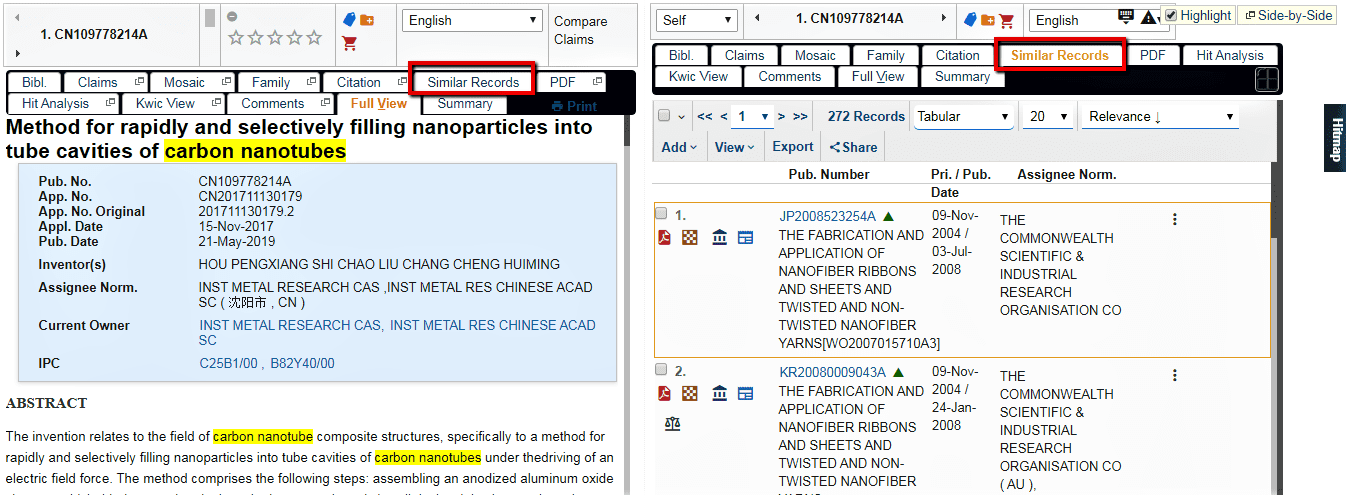Share
Share

Technological Advancements in Patent Mining
Description:
Patent search, analysis and evaluation is a complicated process and if the portfolio size of patents held by an organization ranges in 00’s or 000’s, it makes the data analysis process far more difficult. Traditionally, conventional Boolean operators and keyword-based research method were employed to handle the process but with the advent of variety of modern options, the process has undergone many changes – “use of AI [Artificial Intelligence], semantic-based algorithms, and VOWEL [A,E,I,O,U] approach” are some the major areas/tools that now find application in the patent and scientific literature search and analysis domain.

AI-based features like PatSeer’s semantic suggester uses Artificial Intelligence to look beyond thesaurus and similar words to find more relevant keywords with patent data mining and intelligent categorization
All of these find equal usage in mining own as well as patent portfolio of competitors and organizations from industries of interest to get help in cross-licensing preparations as well assessing possibility and magnitude of potential infringement claims
To counter the enormous hectic process of mining patent data, AI has proved to be an extremely promising resource. Analysis of patent literature, which is a multi-language, multi-format, and multi-source document, is a highly laborious job when done manually, generally taking days to complete, but with AI is just a matter of few hours. Add to this, we have also now semantic-based algorithms that take the challenges concerned with the language and terminology of a patent write-up out of the equation as it works on the basis of the “meaning” of the content, in line of an appropriate context.
In more clear terms, a semantic search system identifies the expectations of the researcher, details that exist in the body of the patent literature, and based on the combined analysis of the patterns returns the most relevant results. This results in more accurate, detailed, and in-depth outcome, with very low amount of false positives.
PatSeer’s NLP text processing engine ReleSense™ has been trained over patent and scientific literature. With more than 12 million+ semantic rules, the engine is continuously learning from publically available patents, scientific journals, clinical trials and associated data sources. The engine powers a range of AI-driven capabilities in PatSeer beginning from search to categorization, predictive-analytics and via APIs empowers complementary IP solutions. Respecting the sensitivity of user’s data, ReleSense leverages ethical AI and does not use any user provided data such as search queries, annotations or behavior tracking to improve its predictions.
This is of extreme importance because in the area of intellectual property and patent search, missing out a relevant detail can be every expensive.
Coming to the VOWEL [A,E,I,O,U] approach; it is basically a set of methodologies that can be applied in patent analytics context. It stands for “Analyze, Explore, Identify, Orient, and Understand”. So here, the process starts with understanding the subject matter for research followed by identifying the apt search representation expected. The next steps are exploring and analyzing the search results one by one thoroughly, making sure that knowledge about the subject matter is duly applied so as to avoid any missing positive results. The final step is orientation, which involves cleaning the raw data, standardization, and its visual presentation, supported with charts, graphs, and tables.
PatSeer’s semantic search powered by ReleSense™ interprets the overall context of the input paragraphs and maps the key technology terms against that context.

PatSeer automatically detects the most relevant keywords in the paragraph and prompts the user. Users also have the option to manually highlight important keywords or delete any highlighted keywords from the paragraph.
In the results section, the similarity search and missed-results-suggester powered by ReleSense™ detects if any relevant result has been missed against a traditional Boolean query. Intelligence has been added to the platform to understand the context of the existing results and suggest any relevant results that have been missed. In here, the suggester scans results and makes an intelligent mapping for any missed results that would match your query context but has been missed due to the choice of words chosen by you. This helps in case of critical search projects such as FTO where it is important that all relevant records are scanned properly

Leveraging these semantic search and related technologies can help deliver results in a far quicker manner, thereby saving both time and money, without any compromise in quality levels of the final outcome.




